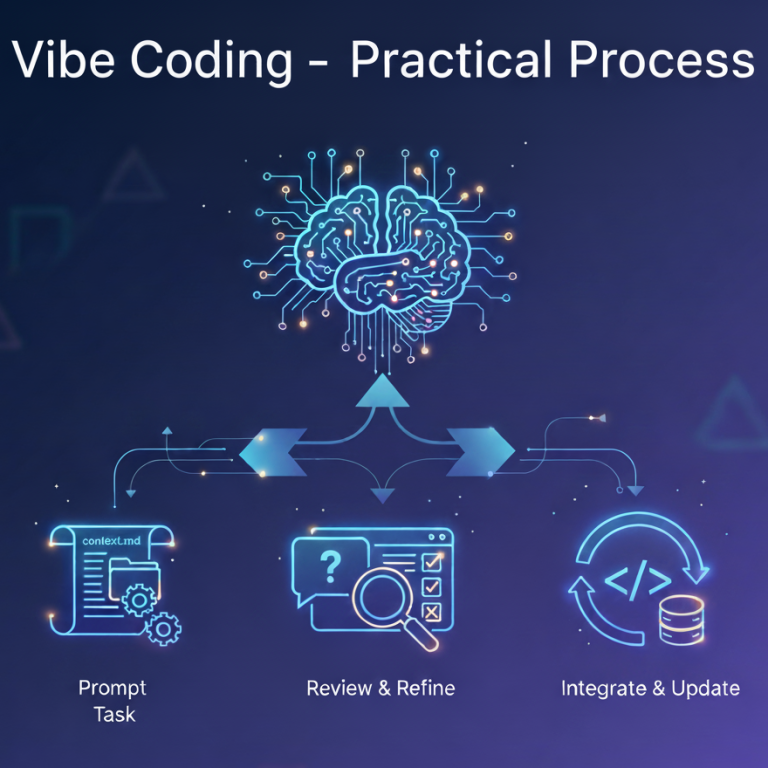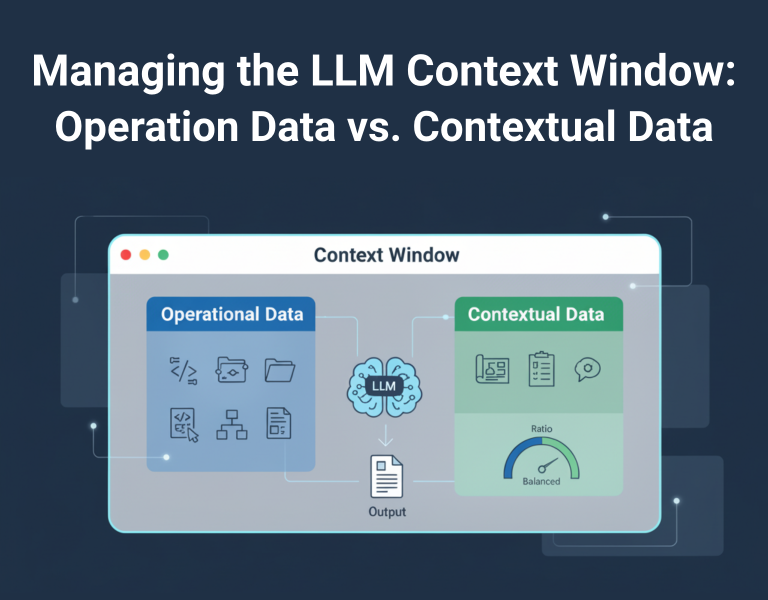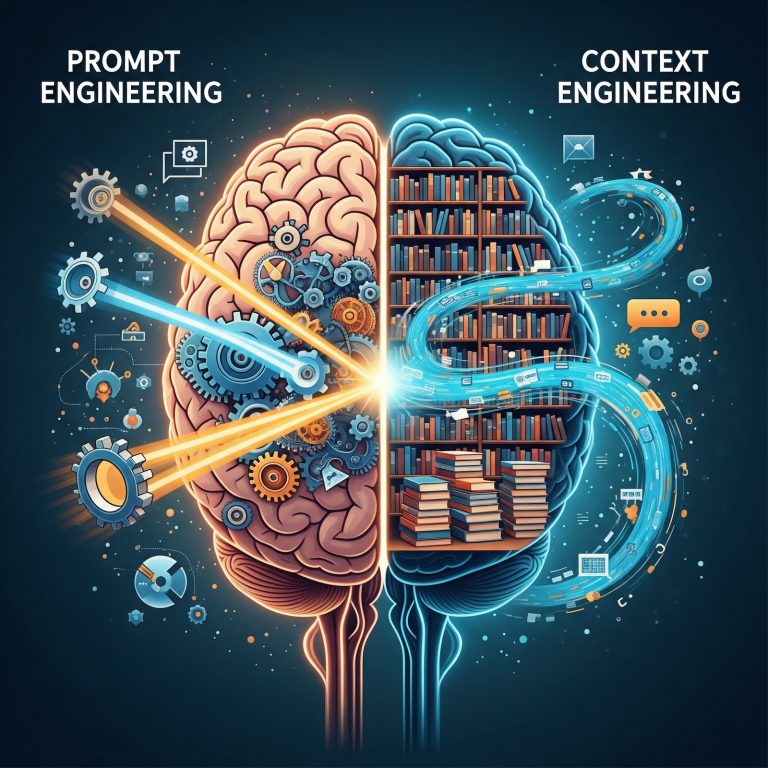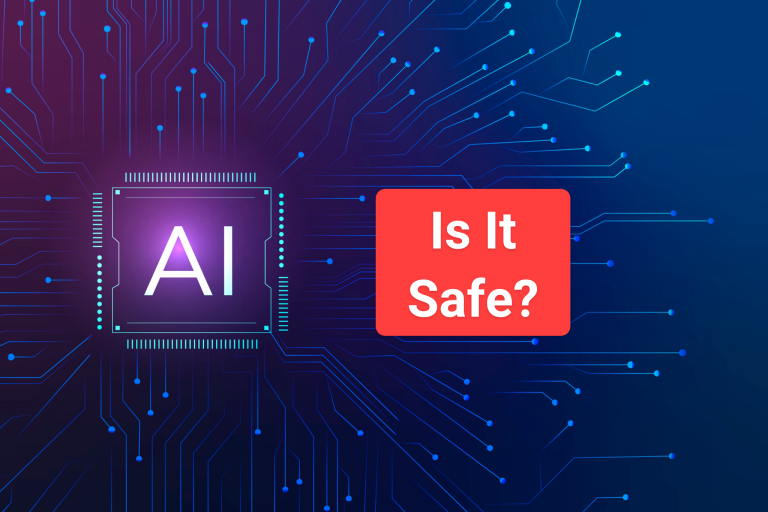AI and Cultural Whitewashing: A Global Perspective
By: Dominick Romano
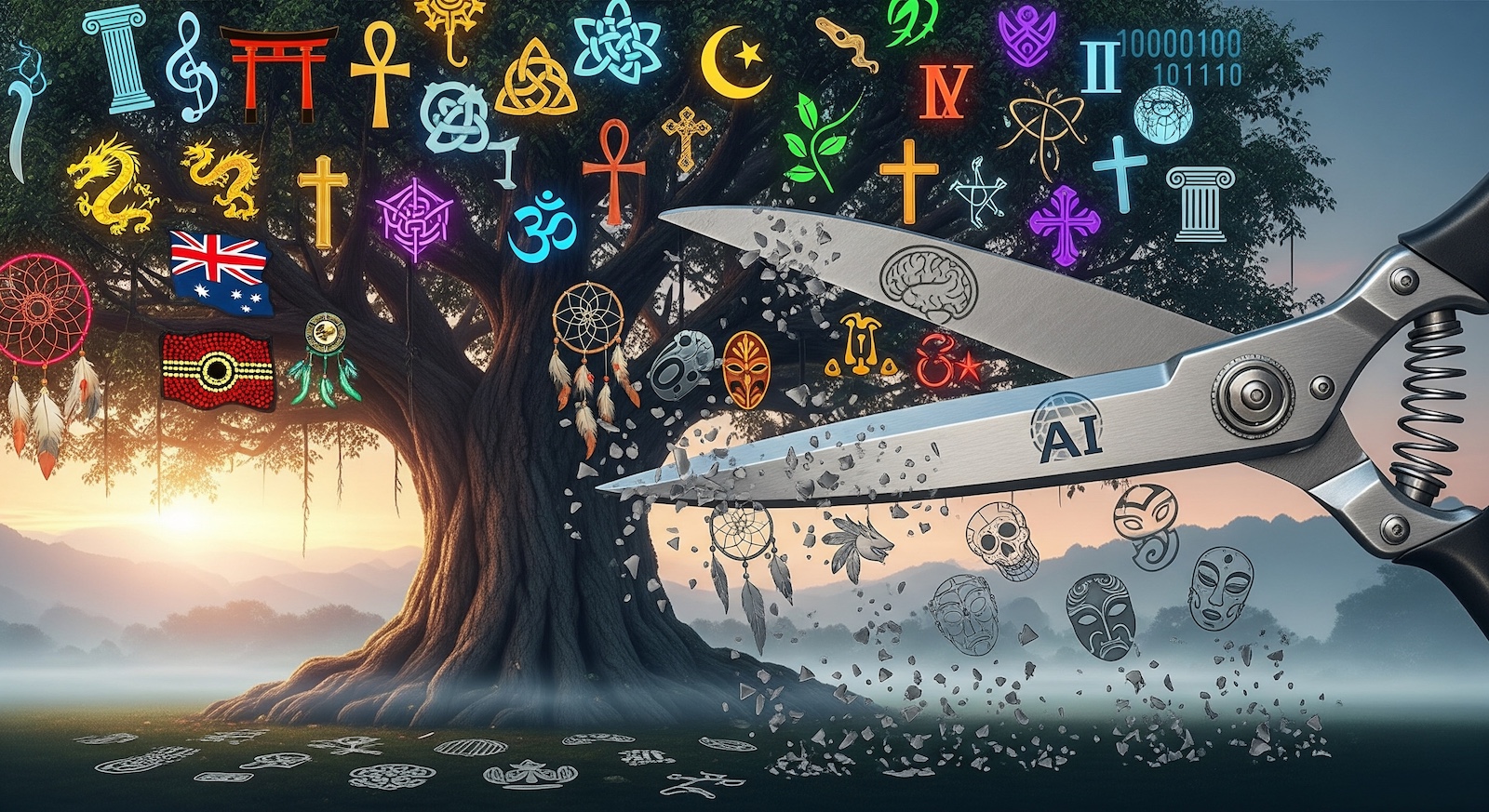
Discovery and Realization
Concluding a six-month trip that took me around the world three times, I had a few moments this year that transformed my view of the impact AI will have on culture. In March 2025, I departed from Gibraltar for Morocco by ferry via Tarifa to Tangier. When I arrived in Tangier, a driver from the Higher Institute for Audio Visual Careers (ISMAC) was waiting to drive me down to Rabat. On the way, the driver, Mohammad, started using ChatGPT on his mobile phone to translate Arabic to English. This brought to mind a conversation I had while walking to lunch with a high-profile professor in Zurich during the Global AI Policy Summit, where he stated, “The Importation of Technology is the Importation of Culture”. With that, I started to pay closer attention to the implications of this throughout my time in Morocco.
As I arrived toward the end of Ramadan to work with ISMAC, which operates under the Moroccan Ministry of Telecommunications, Culture, and Youth, I was invited on a road trip the first weekend to Bejaad, a city near the lower Atlas Mountains. Bejaad is a small Moroccan city rich with history. While there, we walked the Medina and observed the Mausoleums of the Sufi Saints dating back to 1050. While taking in the mysticism and spiritual depth of the area, I noticed something remarkable. The people of the area intertwined Arabic, French, and Amazigh (or Tamazight) in a single sentence. Amazigh is a language of the Berbers dating back over 5,000 years.
I instantly started asking myself: when Mohammad uses ChatGPT to communicate with me, does it really reflect the true essence of what he’s trying to say, with respect for the depth and diversity of the Arabic language? How would an engineer in Silicon Valley, who might think the world revolves around them, even know to look for this nuance?
While spending time with Hakim Belabbes, the Director of ISMAC and a dear friend of mine, he showed me a film about the process of whitewashing buildings in the Atlas Mountains. This connected the dots. Whitewash is used to cover a surface that has accumulated depth through environmental wear and tear, making it a fresh, uniform white surface. Importing AI to countries with rich cultures that are foreign to the origin of the AI model or its engineering team can, and will, lead to Cultural Whitewashing.
What are the Potential Impacts?
The primary impact of Cultural Whitewashing by AI is the erosion of linguistic diversity and cultural nuance. Languages are more than just words; they are carriers of history, identity, and unique worldviews. When a large language model (LLM) trained predominantly on English-centric data translates a complex, multi-layered phrase from a language like Moroccan Arabic (Darija), it often strips away the subtleties of the original text. The blend of Arabic, French, and Amazigh I observed from Bejaad isn’t just code-switching; it’s a living expression of Morocco’s multifaceted history. An AI model might translate the literal meaning but miss the cultural context, the humor, or the respect embedded in the original phrasing.
Over time, this can lead to several negative outcomes:
- Homogenization of Expression: As people rely more on AI for communication, especially with outsiders, their unique modes of expression may flatten to conform to what the AI understands best. This slowly erodes the distinct character of local dialects and languages.
- Loss of Intangible Heritage: Jokes, proverbs, spiritual concepts, and historical references that lack direct equivalents in the AI’s dominant training language can get lost in translation, effectively becoming invisible to the digital world.
Reinforcement of a Dominant Worldview: AI models inevitably reflect the cultural biases of their creators. This can lead to the subtle promotion of one culture’s norms, values, and ways of thinking over those of others, creating a digital world that is less diverse and representative of humanity as a whole.
Examples:
| Concept | Example |
| Homogenization of Expression | A Russian speaker using the phrase тоска (toska), which describes a deep spiritual anguish often with no specific cause, might find that an AI model translates it simply as “sadness” or “melancholy.” To ensure the AI understands, the user might start using simpler, more direct phrasing, losing the profound emotional nuance of the original word. |
| Loss of Intangible Heritage | The Japanese concept of Itadakimasu (いただきます), said before a meal, is often translated as “Let’s eat” or “Bon appétit.” However, it carries a deeper meaning of gratitude for the lives (plant and animal) and people involved in preparing the food. This complex cultural and spiritual value is lost in a simple functional translation. |
| Reinforcement of a Dominant Worldview | When an AI model is asked to create an image of a “professional business meeting,” it may overwhelmingly generate images set in Western-style corporate offices with people in suits. This overlooks the fact that business is conducted in countless other cultural contexts and settings, from a market in Marrakesh to a teahouse in Beijing, reinforcing a narrow, Western-centric view of professionalism. |
What Can Be Done to Provide Equity?
To combat this trend, we must focus on empowering communities to move from being passive consumers of AI to active creators and shapers of it. Providing equity isn’t just about giving access to technology; it’s about providing the tools and knowledge to adapt that technology to local contexts. 🌍
The key is to foster local AI ecosystems. This involves several strategies:
- Invest in Education and Skills: Nations must invest in robust educational programs for AI, data science, and computational linguistics. This goes beyond technical skills; it must include an ethical framework that teaches students to consider the cultural implications of their work. Institutions like ISMAC in Morocco are perfectly positioned to lead such initiatives.
- Promote Open-Source and Collaborative Models: Encouraging the use of open-source AI models enables local developers and researchers to fine-tune them with local datasets. This enables the creation of AI tools that genuinely understand and reflect local languages, dialects, and cultures.
- Create Culturally-Rich Datasets: Local communities, with support from academic institutions and governments, should undertake projects to create high-quality digital datasets of their languages, literature, oral histories, and art. These datasets are the essential raw material for building culturally aware AI.
Bridge the Gap: Foster partnerships between local talent and global tech companies. This can create a two-way exchange where Silicon Valley learns about the world’s diverse needs, and regional developers gain access to cutting-edge resources.
What Actions Should Governments Take?
Governments have a critical role to play in preserving their national identity in the age of AI. They must act as guardians of their digital cultural heritage. Waiting for tech companies to solve this problem is not a viable strategy.
Here are concrete actions governments should take:
- Develop a National AI Strategy: Every government should create a national AI strategy that explicitly includes cultural preservation as a core pillar. This strategy should outline funding, policy, and educational goals.
- Fund the Digitization of Cultural Heritage: Governments must allocate significant resources to digitizing national archives, classic literature, indigenous languages, and historical records. This creates the foundational data needed for sovereign AI development. Think of it as building a digital library of the nation’s soul.
- Support Local AI Innovation: Offer grants, tax incentives, and regulatory “sandboxes” for local startups and researchers working on AI projects that serve national interests. This includes building translation models for indigenous languages or AI systems for cataloging cultural artifacts.
- Mandate Data Diversity and Transparency: When procuring or regulating AI systems for public use (e.g., in education or public services), governments can require that these systems demonstrate training on diverse and representative local data. They can also mandate transparency in how these models work and what data they were trained on.
- Promote Digital and AI Literacy: Launch nationwide campaigns to educate the public on how AI works, its potential biases, and the importance of preserving their regional digital voice. An informed citizenry is the best defense against cultural homogenization.

